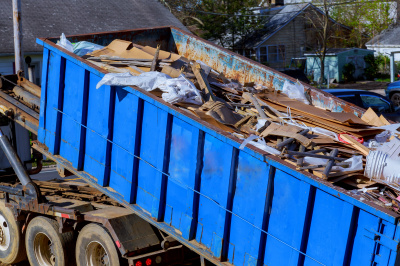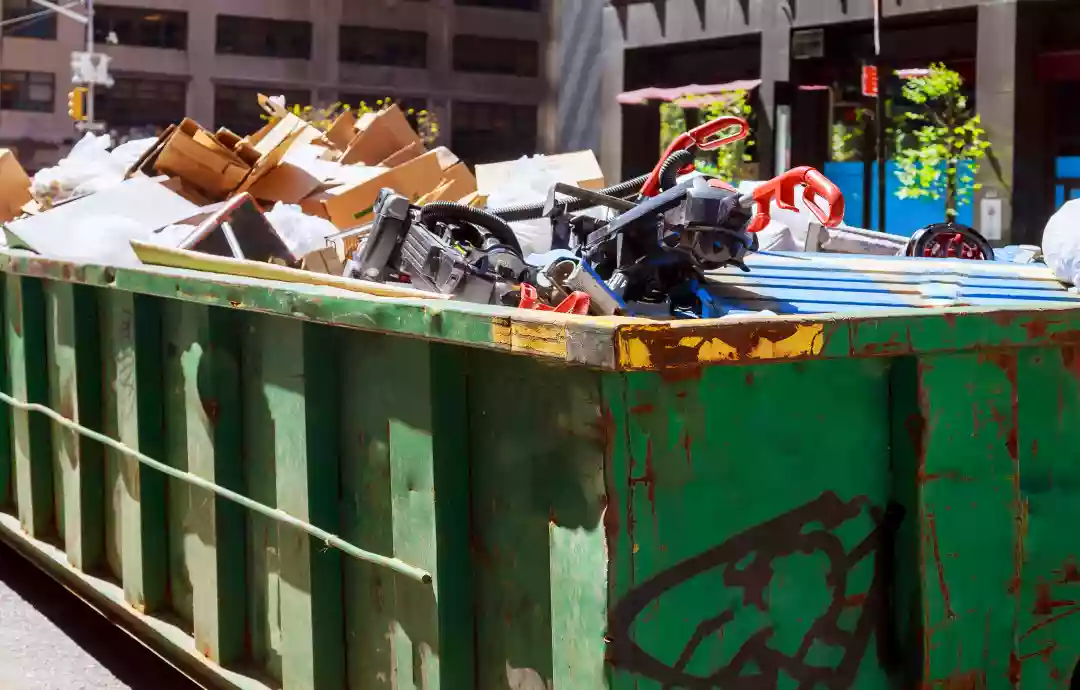What can I put in my skip?
Getting rid of unwanted items and waste can be made easier with the use of a skip. However, there are certain rules and regulations on what can and cannot go in a skip, so it is important to know what you should and shouldn’t put in one.
Generally speaking, most household waste such as furniture, electrical appliances, carpets, wood, and other everyday items can go in a skip. Aside from these, green and garden waste like soil, turf, plants, and shrubs can also be placed into skips. All of these materials should be disposed of properly in skips for safe disposal.
Can recyclable and reusable goods be put in a skip?
Although skips are a great way to clear up large amounts of waste, you should avoid putting recyclable and reusable goods into them. These items should be donated, recycled, or reused to preserve resources and prevent them from going to landfills. For example, some charities take donations of clothing and furniture that can still be reused, while scrap metal yards will buy unwanted metal that can be melted down and reused in new products.

Need assistance finding skip hire near you?
Get a QuoteCan personal information or sensitive data be put in a skip?
It is not recommended to dispose of documents or other personal information in a skip. Paper documents containing personal data should be shredded before being put into a skip, as leaving them untouched leaves the risk of identity theft. In addition, any items that contain hazardous substances, such as paint or oil, should be disposed of responsibly at a hazardous material collection site rather than in a skip.
What are some of the other items you cannot put in a skip?
Some other items that are prohibited from going in a skip include asbestos, fridges and freezers, plasterboard, tyres, and medical waste. Asbestos must be disposed of separately, as special safety measures and packaging must be followed when dealing with this material. Fridges and freezers must also have the doors removed before they can be placed in a skip. Plasterboard and tyres must be taken to a waste transfer station, and medical waste must be disposed of at a waste management facility.
What are the rules and regulations on what can go in a skip?
The UK government sets rules and regulations regarding the types of items that can be placed in skips, including what is not allowed. Generally, hazardous items such as gas cylinders, asbestos, solvents, explosives, batteries, and paints cannot go in skips. Additionally, liquids, food, and animals must not be placed in skips either. It is important to be aware of the rules and regulations when hiring a skip and make sure the contents are appropriate for safe disposal.
Being aware of what you should and shouldn’t put in a skip is essential when disposing of waste. Skips are a convenient way to get rid of bulky items or large amounts of rubbish, but all waste should be disposed of responsibly in accordance with the UK government’s rules and regulations.
In this article:

